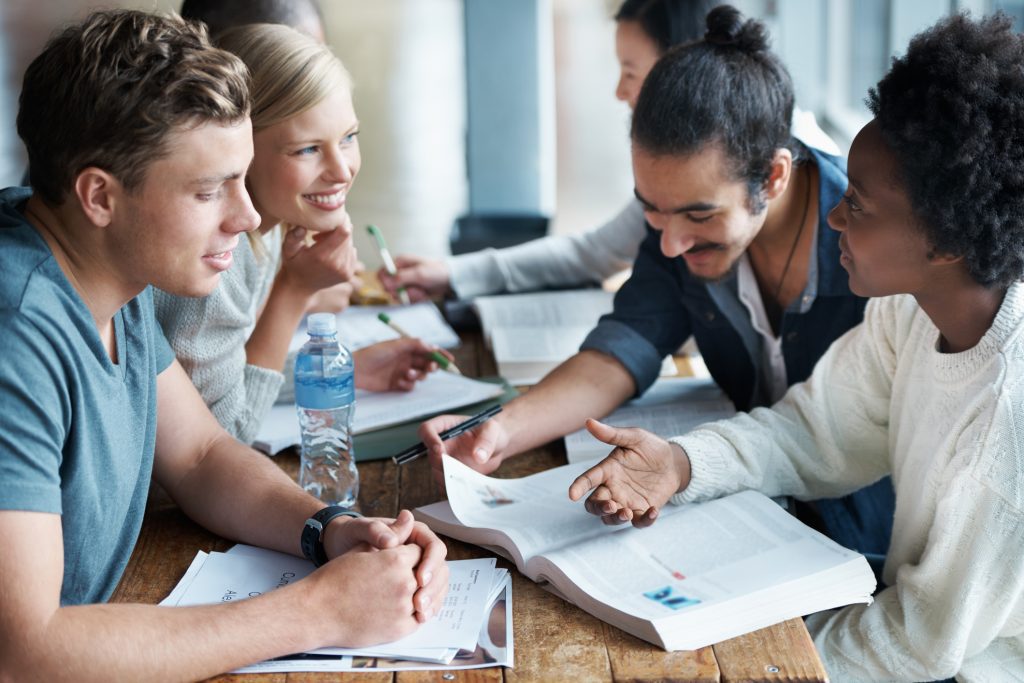
Overview
In collaborative two-stage testing, “students first complete and turn in the exam individually and then, working in small groups, answer the exam questions again. During the group part students receive immediate, targeted feedback on their solutions from their fellow students and see alternative approaches to the problems. This makes the exam itself a valuable learning experience while also sending a consistent message to the students as to the value of collaborative learning.”
-Carl Wieman
Strategies
Explain to the Students Why You Are Conducting Exams This Way
Once students understand the benefits of collaborative two-stage testing, most respond positively to the format.
Keep the Logistics in Mind
Make sure that students fully understand the process for moving between the individual and group portions of testing. Make the exam shorter than usual and keep group sizes small so that each student has the opportunity to contribute.
References
- Teaching Beyond the Podium podcast (Center for Teaching Excellence, University of Florida): Two-Stage Collaborative Assessment | Transcript
- Carl Wieman: Two-Stage Exams (.pdf)
- Center for Advancing Teaching and Learning Through Research (Northeastern University): Two-Stage Exams
- Barbara C. Bruno et. al. (2017): Two-Stage Exams: A Powerful Tool for Reducing the Achievement Gap in Undergraduate Oceanography and Geology Classes (.pdf)
- G.L. Macpherson, Young-Jin Lee, & Don Steeples (2011): Group-Examination Improves Learning for Low-Achieving Students (.pdf)
- Dan Levy, Theodore Svoronos, & Mae Klinger (2018): Two-Stage Examinations: Can Examinations Be More Formative Experiences?
- Teresa R. McCurdy, Kim Volterman et. al. (2017): Enhancing Two-Stage Collaborative Exams by Incorporating Immediate Feedback